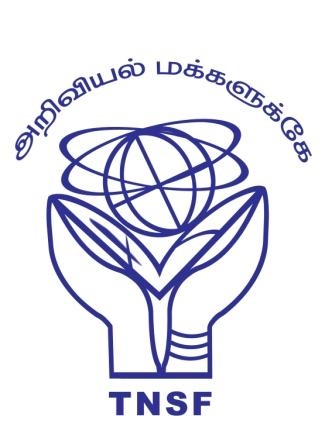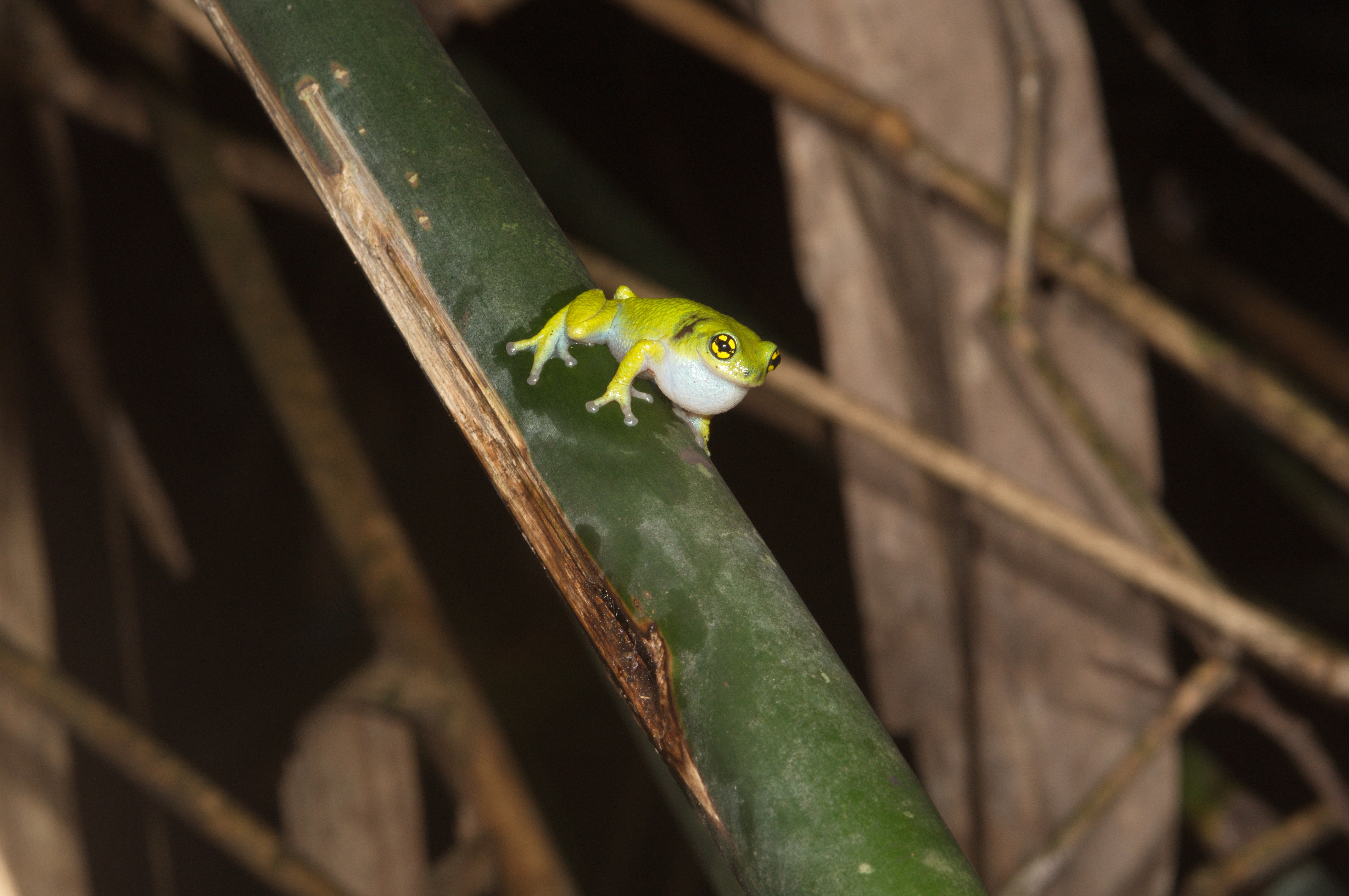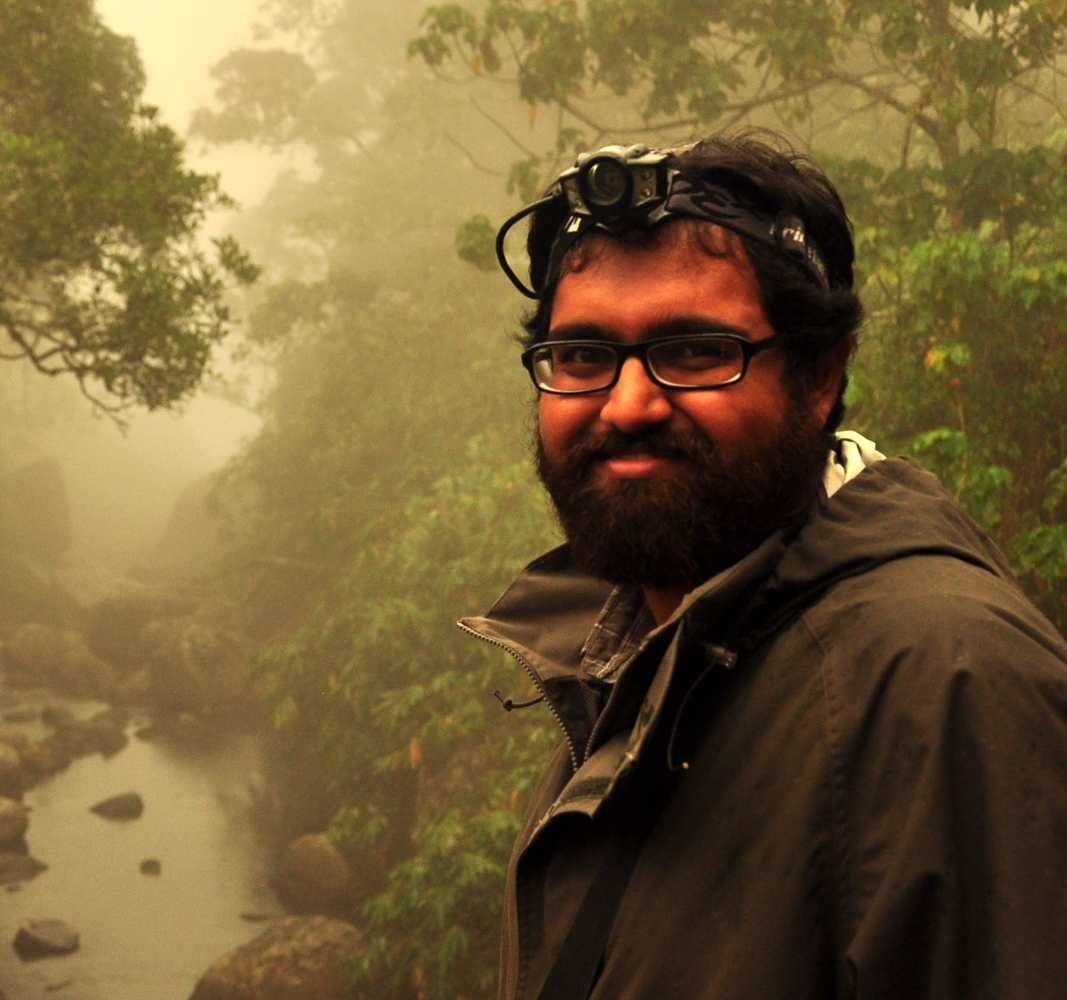About Program

This is part of its efforts to popularize science to the general public and students who are pursuing science as their career. TNSF attempt to focus on students on higher science as everyone knows that learning of science at college within the curriculum is not enough to acquire holistic knowledge of science at the appropriate time. Hence, to fill the gap between what students are acquiring through the curriculum and what it is required, TNSF is planning its activities on higher science to students who are pursuing higher education.

Abstract Parental care is widespread among vertebrates. Caring parents however incur costs that include higher predation risk. Anurans (frogs and toads) have among the most diverse forms of parental care, and in this lecture, I will talk about how we ended up discovering new reproductive behaviour among frogs of the Western Ghats. I will highlight how a species of frog that breeds exclusively inside bamboo reeds in the Western Ghats cares for offspring. Using experiments in the field, I demonstrate that male parental care does indeed enhance offspring survivorship and will discuss potential implications of such behaviour. Moving beyond the Western Ghats, I will also place our findings in the larger context of the evolution of parental care in anurans and examine if the occurrence of care is associated with morphology that minimizes predation risk.
